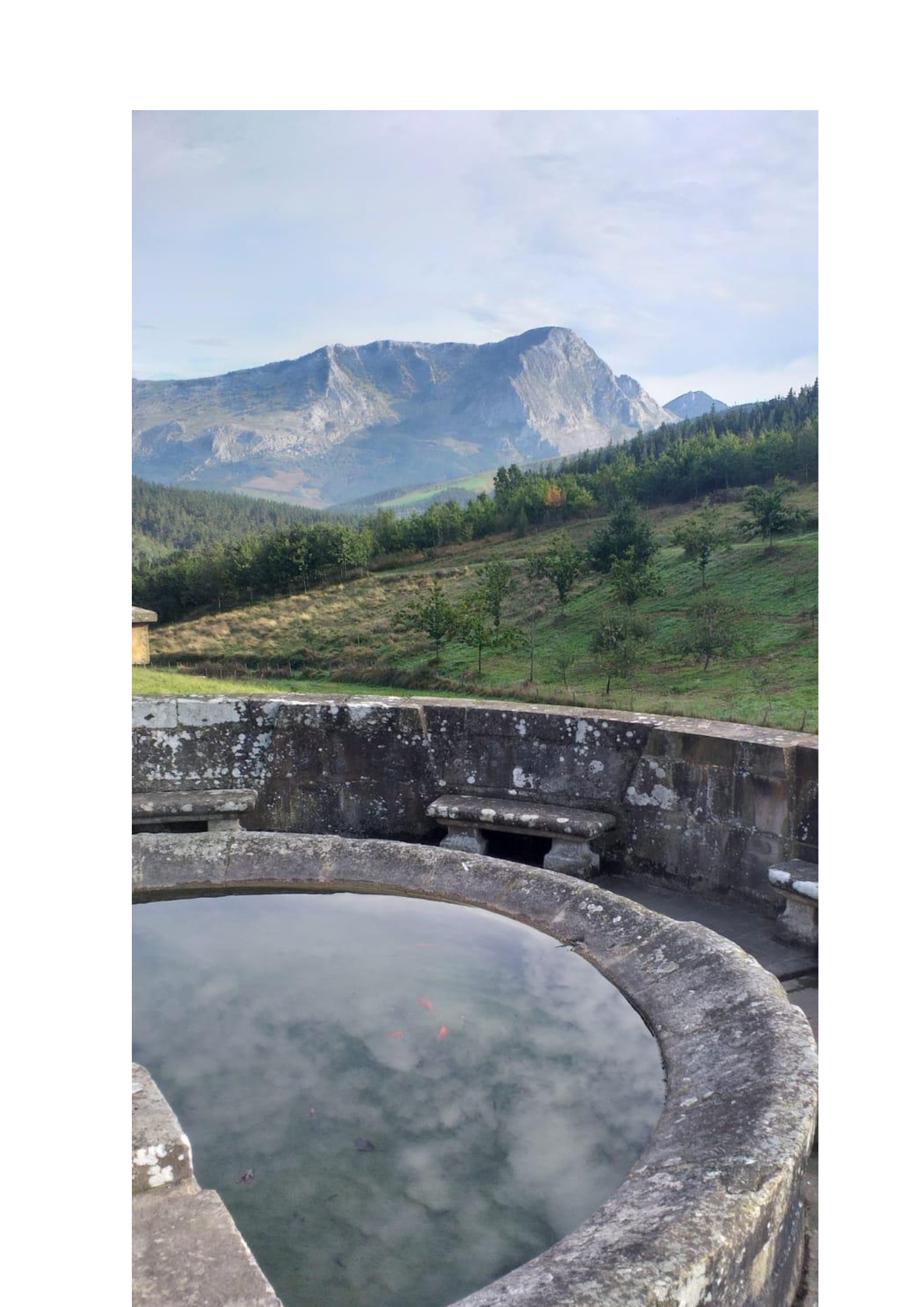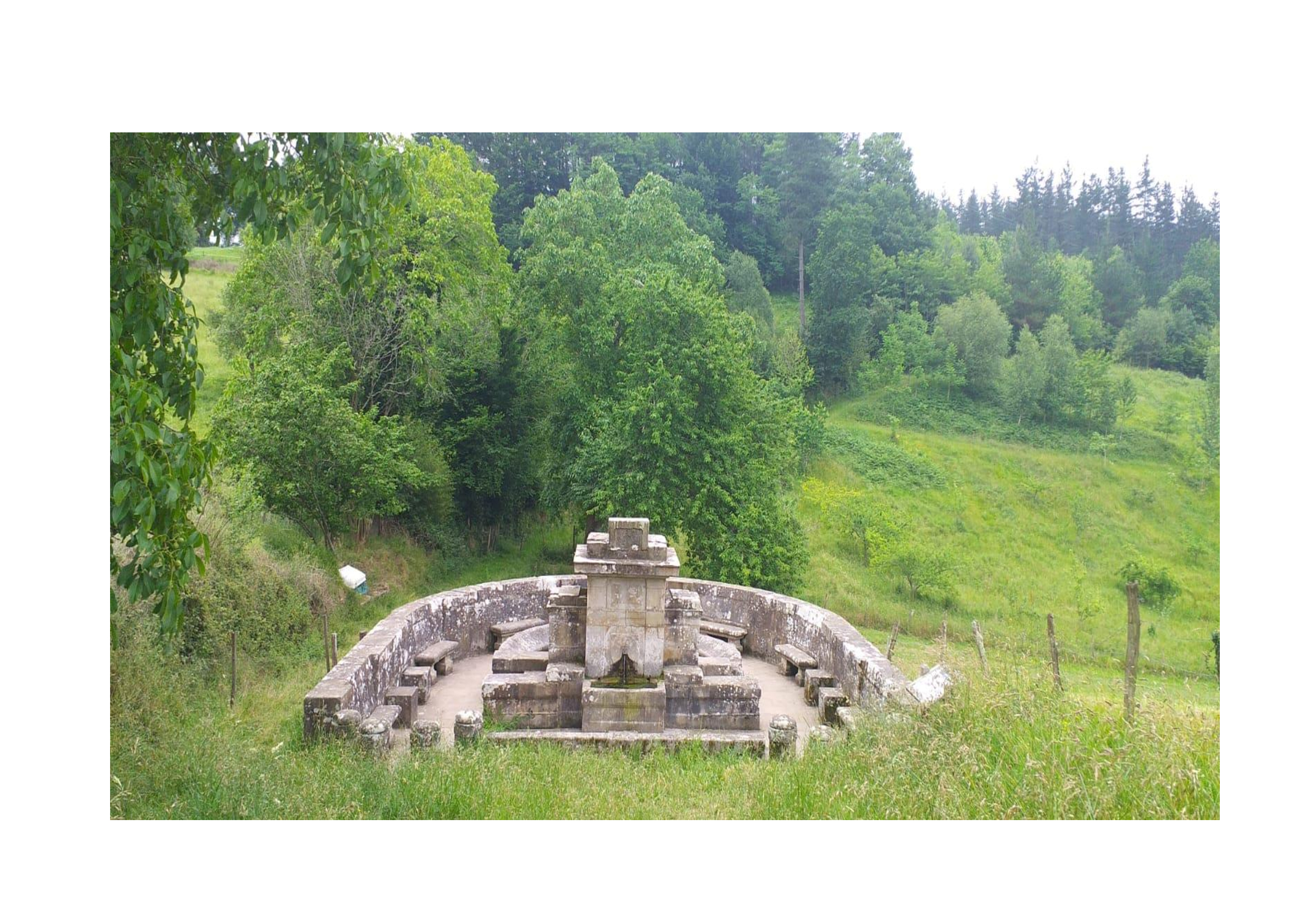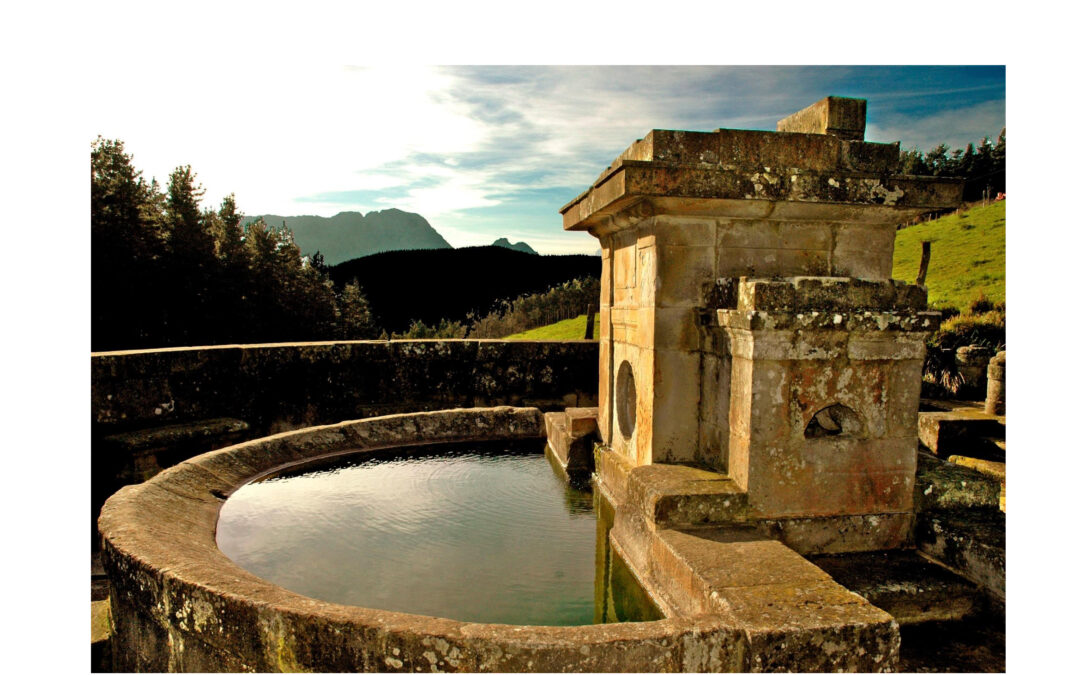Manuel Plácido de Berriozabalbeitia
The creator of the Well-Spring of Love and Elorrio’s biggest patron.
Manuel Plácido de Berriozabalbeitia (Elorrio 1775 – Madrid 1850) was born on the Berriozabalbeitia farmstead in the hamlet of Berriozabaleta. On completing his schooling he obtained a place in the colonial administration in Peru, where he forged a successful career for himself which culminated with him taking part in the negotiations for the country’s independence.
He returned from the Americas in 1828, and devoted his time to managing his properties and helping his family. Between 1832 and 1833 he commissioned the building of the mansion that stands to the left of the path which leads to the well. This first building sowed the seed for a much more ambitious project: after completing the mansion itself he decided to build the Berriozabaleta well, also called the “Well-Spring of Love”, and to move the old chapel of Santa Catalina, which was rebuilt from the foundations up.
Manuel Plácido not only paid for this work but also made generous subsequent donations to prevent the chapel falling into disrepair. As an educated man he showed a clear interest in improving the living conditions of his fellows and improving the appearance of the hamlet where he was born, thus ensuring that he would be remembered fondly.


Antzeko Artikuluak
CALVARIES OF ELORRIO
The complex of crosses in Elorrio is currently the largest in the Basque Country. It represents ten percent of the crosses inventoried in the Basque Country. There are currently nine crosses in Elorrio. All of them are 16th century works and, except for the late...
INTERNATIONAL WOMEN’S DAY
8 March was declared International Women's Day by the UN in 1975. We have to go back a few years, to 1917, to find the origins of International Women's Day. That year, on 8 March, Russian women went on strike asking for bread and peace. Four days later the ‘Tsarr’...
ELORRIO. “HARRIA ETA TALADRINA”
In 2022, Elorrio started the publication of the magazine “Harria eta Taladrina”, which reflects its historical link with iron and industry. This magazine aims to publicize and disseminate the industrial heritage in an informative, inclusive, cross-cutting and gender...

